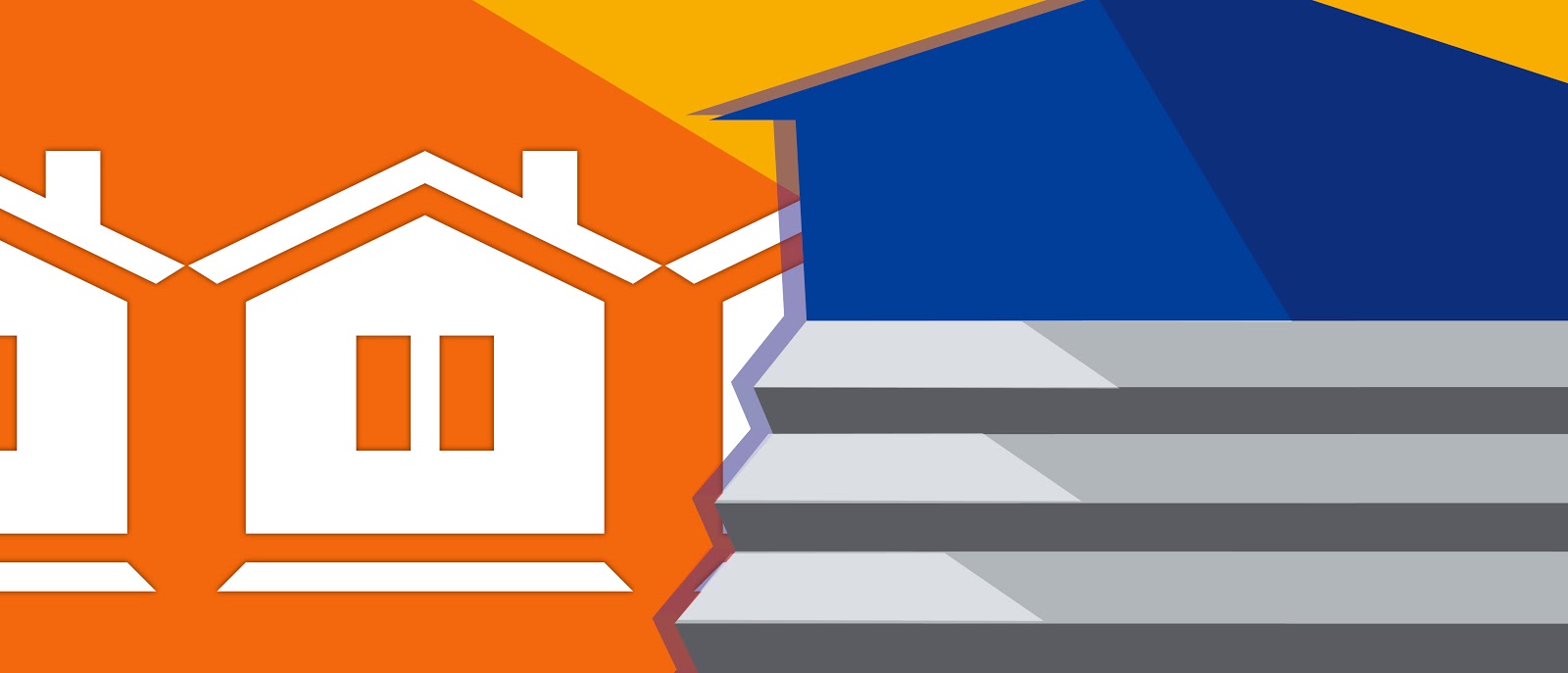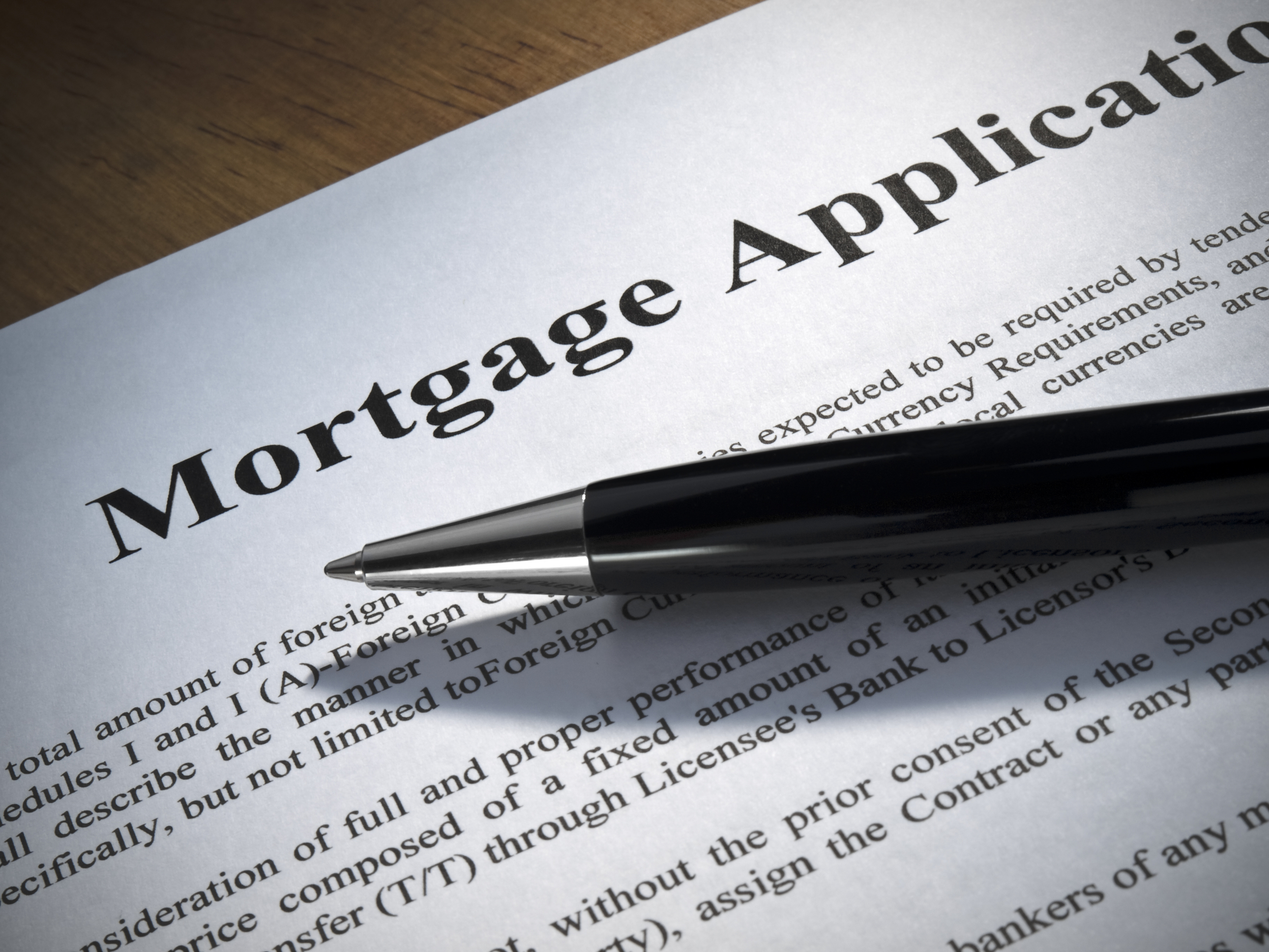Your Mortgage: How Do You Refinance It?

Last week, we discussed the mortgage pre-approval and why it is important for first time homebuyers to go through this process and the long term benefits. Fast forward a few years into home ownership, and some families may find themselves in a situation where they’d like to tweak things a little bit, for whatever financial reasons.
An example of this tweaking is called mortgage refinancing, meaning these homeowners want to replace their current mortgage (s) on their property with a new one, because they want new terms away from what they used to have. But don’t be confused! Those interested in real estate will think that mortgage refinancing is the same as a second mortgage – NO. A second mortgage means exactly as it sounds, an addition to the first one; it doesn’t replace anything. So to be clear again, mortgage refinancing is new money provided to the borrower, usually with better terms.

Now that we’ve given an overview on the refinancing basics, how should you go about getting that new loan you desire?
First of all, keep an eye on the market: The biggest step you can take if you want to refinance is to evaluate your mortgage on an annual basis as it relates to the market rates in your area. Refinancing a mortgage only works under the right circumstances, so make sure the timing is right before starting the process. You can always contact a mortgage broker along the way who would understand the market inside out!
When the first step is taken care of, you should begin the application! Just like with getting a first-time mortgage, you will need to begin the refinance process by applying for a mortgage loan. You will likely work directly with a mortgage professional who can help compile the necessary information and submit your application for review.

What loan types are available? The type of mortgage loan you get depends on your specific financial situation and the goals you aim to achieve by refinancing a mortgage. There are fixed-rate mortgages (next weeks’ blog!), through which your interest rate and monthly payments are consistent throughout your loan term, and variable-rate mortgages, in which your payments and interest rate may fluctuate. There’s also a combination rate mortgage, which may include both fixed and variable interest rates. Of course, make sure you evaluate all three options before committing.
Very simply, get all of your documentation in order before you begin. You can request a list of documents that you will need to submit for your specific loan application. These usually include your proof of income and tax papers.
Even if the circumstances seem ideal for refinancing, the process might still be difficult. You must evaluate all the terms to make sure you’re still getting a good deal. To really save money, secure an interest rate decrease of at least a 0.5% to make up for additional fees.

What are some of the advantages of refinancing your mortgage?
- The fixed mortgage rate you initially got might be higher than the one today. Refinancing could mean a lower interest rate.
- You may have been unsure which mortgage rate was best for you when you first began and were just tempted by a low rate of a variable mortgage and fluctuations caused it to really go up undesirably. A broker can help you switch from your variable rate to a more secure fixed rate mortgage and save you considerable amounts of money.
- Consolidating your mortgages into one could be the best mortgage solution for your needs. By doing so, you will receive a longer repayment duration and a fixed monthly interest rate.
- With the equity you have for your home, some big expenses can be taken care of like family bills.
We hope this has been informative for you! If you want to discuss this in even more detail, use the linked contact form earlier in the blog to get in touch with me. 🙂






